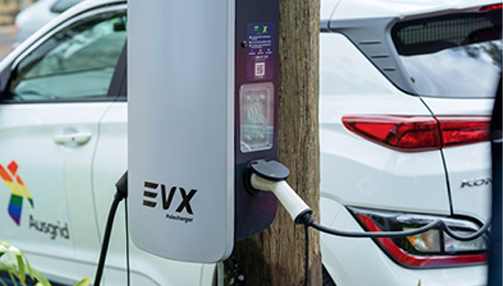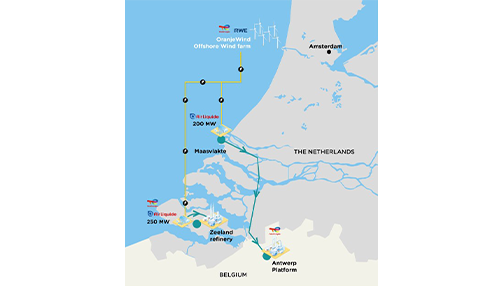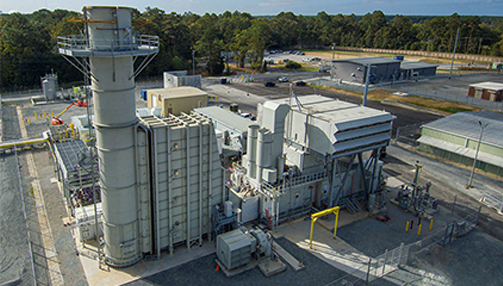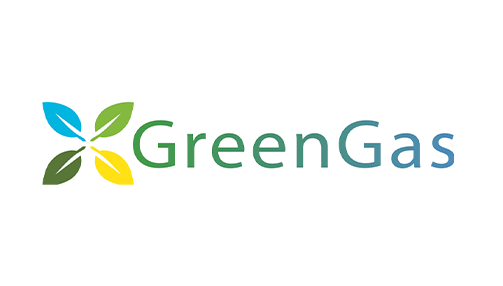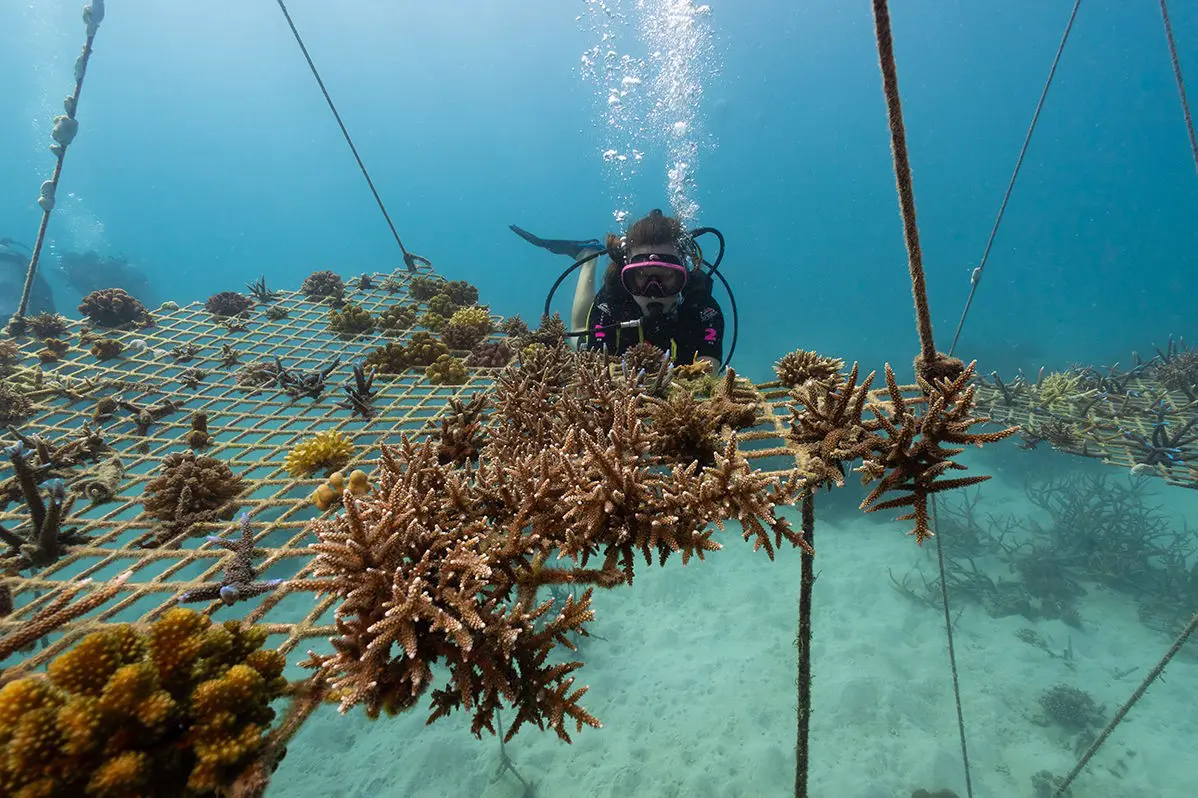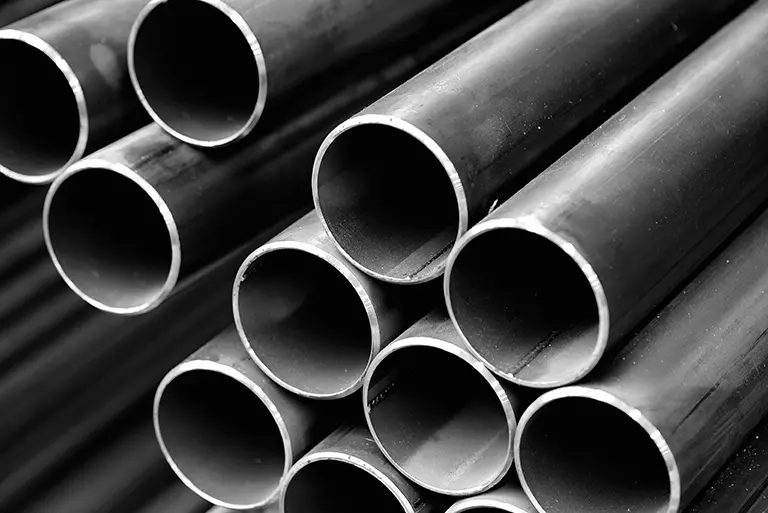
New Baker Hughes Digital Platform Targets CCUS
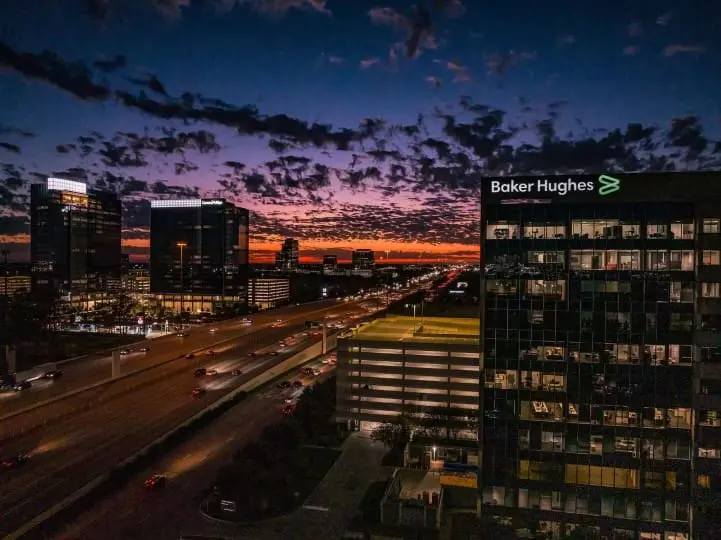
Baker Hughes has launched CarbonEdge, an end-to-end, risk-based digital platform for carbon capture, utilization, and storage (CCUS) operations. CarbonEdge delivers real-time data and alerts on carbon dioxide (CO2) flows across CCUS infrastructure, from carbon capture and compression to pipeline transportation, as well as subsurface storage. This connectivity across the entire CCUS project lifecycle enables customers to identify and manage risk, improve decision-making, enhance operational efficiency, and simplify regulatory reporting, according to the company.
“CCUS technology solutions are essential for driving decarbonization of the energy and industrial sectors on our path to solving for climate change,” said Baker Hughes Chair and chief executive officer Lorenzo Simonelli. “With the launch of CarbonEdge, we not only expand our portfolio of digital solutions to support new energies and empower our customers’ ability to mitigate risk while enhancing operational efficiency, but also take a bold step toward a future with more sustainable energy development. We look forward to working alongside Wabash Valley Resources to refine and evolve CarbonEdge, ensuring it continues to meet the dynamic needs of a rapidly changing industry.”
In July 2024, Wabash Valley Resources (WVR), a low-carbon ammonia fertilizer production company, signed an agreement with Baker Hughes to provide support for carbon sequestration efforts related to its anhydrous ammonia fertilizer operation in West Terre Haute, Indiana. WVR is in the process of retrofitting a former Duke Energy plant to produce the fertilizer. Baker Hughes will provide compression systems, injection well construction, and testing and monitoring services for the process of storing carbon dioxide from the plant in two underground wells in Vermillion and Vigo counties.
WVR is investing US$900 million to retrofit the former Duke plant, which is currently being used to produce hydrogen syngas. When the project is complete in 2026, the company expects to produce about 551,156 tons (500,000 tonnes) of anhydrous ammonia fertilizer each year, supporting farmers in the Eastern Corn Belt, which covers most of central Indiana and western Ohio, and part of southern Michigan.
In January, the US Environmental Protection Agency issued two permits allowing Wabash Valley Resources LLC to begin construction on the underground wells. The company expects about 1.84 million tons (1.67 million tonnes) of CO2 could be injected into the wells each year over a 12-year period.
As a launch customer, WVR will leverage CarbonEdge to measure, monitor, and verify the volumes of CO2 collected, transported, and sequestered underground. The companies will also collaborate closely on the further development of the CarbonEdge platform.

